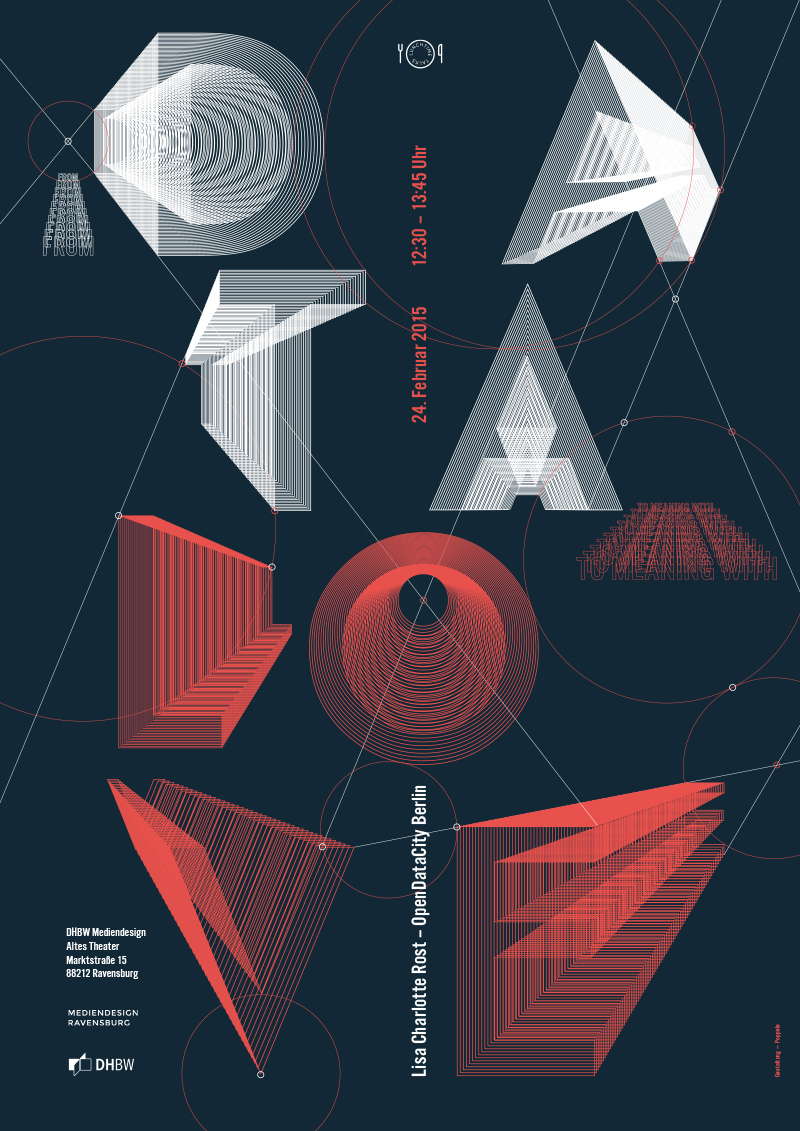
I’m happy to announce that I will give my first data vis talk ever (well, you have to start somewhere) at the Ravensburg University of Cooperative Education at the department of media design next Tuesday, 24th of February. The guys there designed not only one, but three posters for my talk: Thank you, Fabian Karrer, Daniel Poppele and Sabine Schubert; that is some amazing work that I truly appreciate!

What Designers should talk about in talks
And because it’s my first talk ever, I want to do it right. I asked myself: What did you like about talks you’ve visited as a student? What did you dislike? My thoughts resulted in three rules:
- Designers give good talks when they show students more than there is on their website. Students want to be close to the designer’s process, to how they work. They want to know the lessons they’ve learned in all these years. Students want to deeply understand how to create work as well as designers do.
- Designers give good talks when they create some form of intimacy. Often, talks are not recorded, so designers should make use of that and talk “off the record”. Students are grateful when designers tell them about their failures and doubts. Designers should communicate that they too are not perfect yet, but that they too are going up the learning curve every day.
- Designers give good talks when they are polarizing. Designers should have extreme beliefs that students can either accept or fight against. While drawing (mental) boundaries, students learn where they stand, what they belief in and in which direction they want to go.
Why we should repeat obvious Lessons Learned
I have to admit: This last rule – to polarize – stands in some conflict with communicating “Lessons Learned”. Because the lessons you can learn sound often pretty obvious and we’ve all heard them many, many times. The trick is to not only know them, but to grasp and act upon them. And every time we truly understand a new lesson and try to communicate it, it sounds trivial. “Sure, that makes sense”, is the best answer we can get when telling our friends or audience excitedly about our life-changing enlightenment that REALLY nobody is perfect.
So should we stop communicating “Lessons Learned” and should people on Quora stop asking questions like “What are the most important lessons you’ve learned in your twenties?”? No, I don’t think so. I believe that repeating lessons will make you understand them faster. In the moment you have your epiphany, you will remember the lessons you’ve read on Quora. And while a light bulb will appear above your head, you will think: “Oh, THAT’s what all these people were writing about!”
My Lessons Learned
Saying that, here are the Lessons Learned I will present during my talk in Ravensburg.
Career Lessons:
- It doesn’t matter what you do: Some people will like it and some people will hate it. But all niches are legit and have an audience. Choose your niche based on your personality: Understand who you are and do what you want. If your environment doesn’t like what you do, change the environment. Get better and become successful in your niche to get the respect of the people who dislike what you do.
- Surround yourself with people who are better than you. Leave when you can’t learn anything anymore.
- Don’t build any respect for technology. Dumber people than you have learned programming. Technology isn’t for an elite; it’s made by normal people and for normal people. Waiting to try it out will build an unnecessary psychological barrier. Try it now. NOW.
- Everything you deal with is made by people. And people can be convinced to do things differently. You can actually make a difference in your niche. You can invent new ways to do stuff; you can change the tools used in your niche and how outside people think about your nice.
Data Vis Lessons:
- Changing the knowledge of your readership is good. Making your readership wiser is better. Changing the behavior of your readership is the best.
- Be aware that there is only a small overlap of what counts and what gets counted. Only present what counts. Never start a data vis without knowing the answer to “So what?”. The right question is often the whole idea.
- Data are measurements. You can visualize data with every element that has a width, height, length, volume or radius.
- Be aware of the huge gap between the truth and your data vis: There are no facts, only measurings – and as soon as you choose the form and focus of your visualization, you are altering the neutral, “everything has the same value”-truth. When creating visualizations, you sacrifice the truth for an overview, in order to let people see pattern and trends. Seriously, be aware of that.
I’m curious to hear what you think about them! Let me know, for example with an email (I like emails): lisacharlotterost@gmail.com.

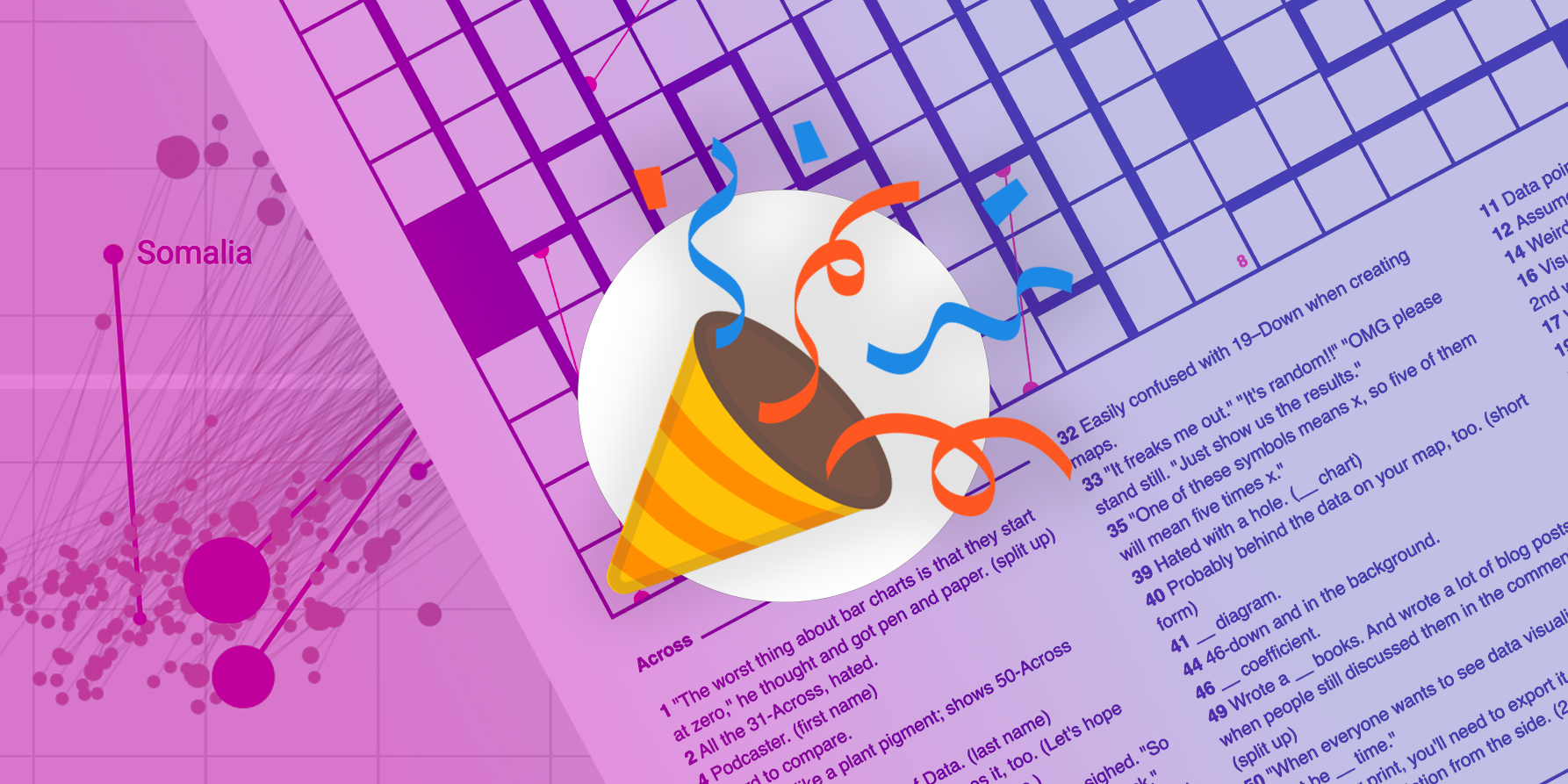
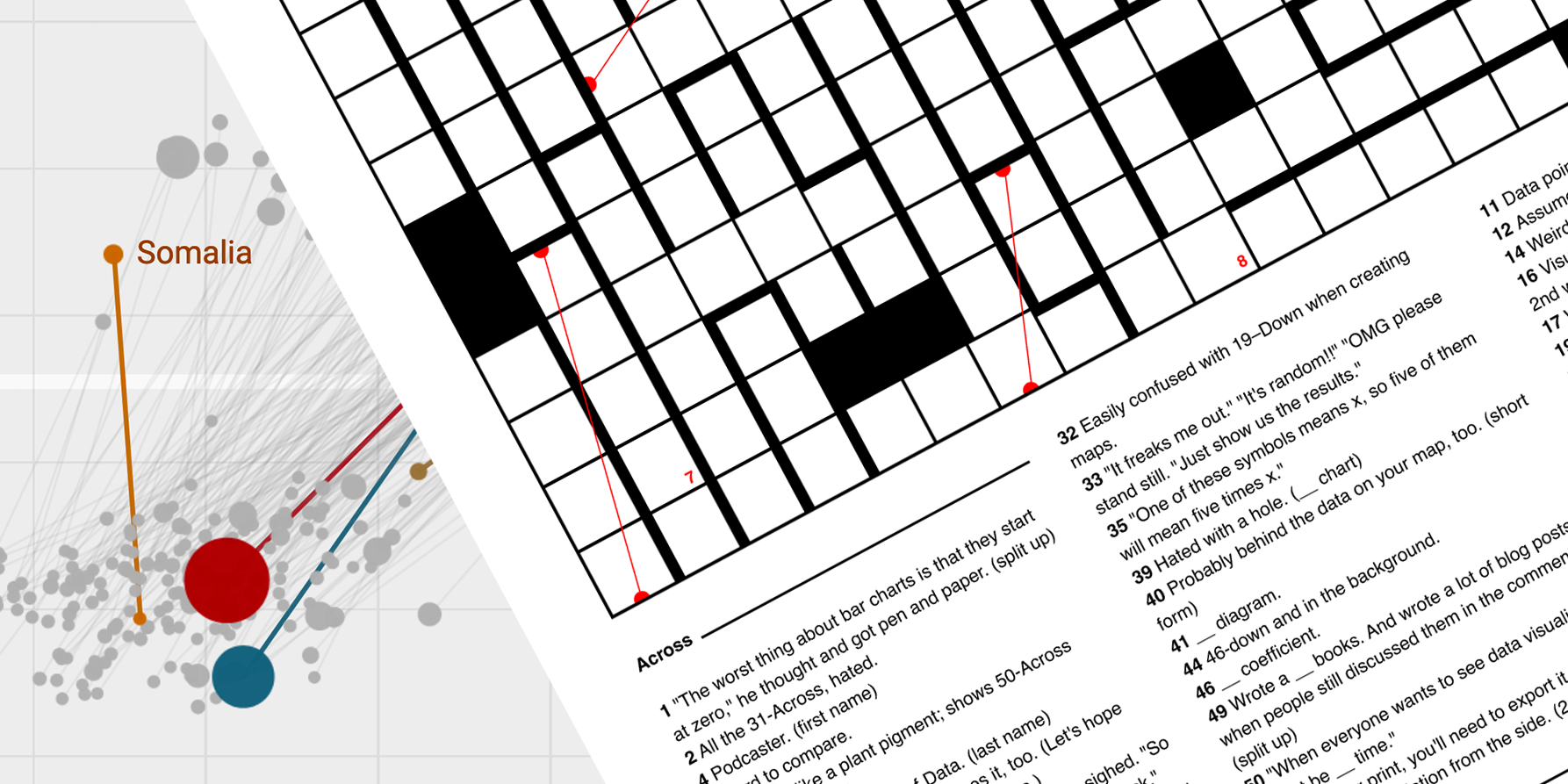
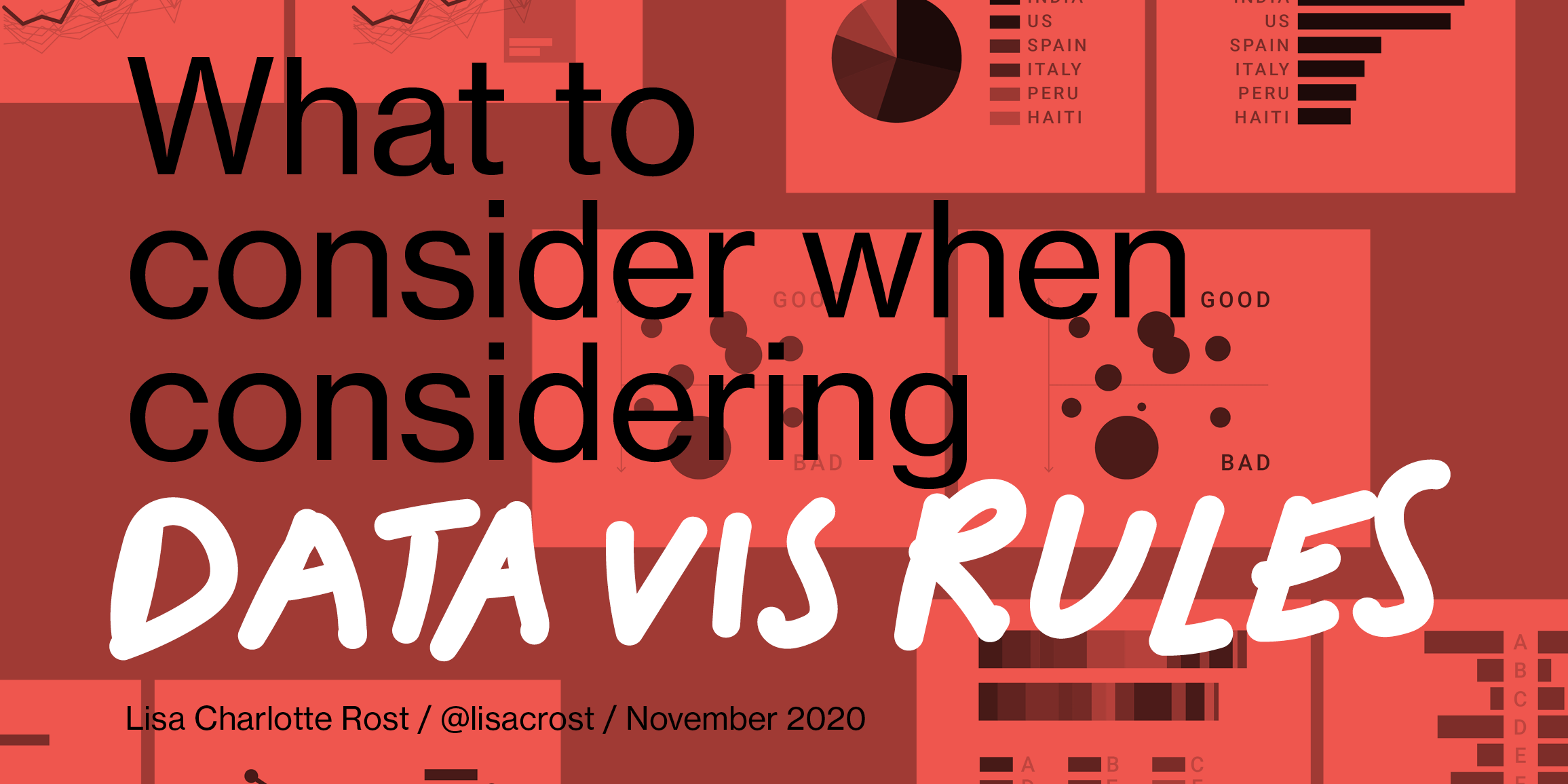
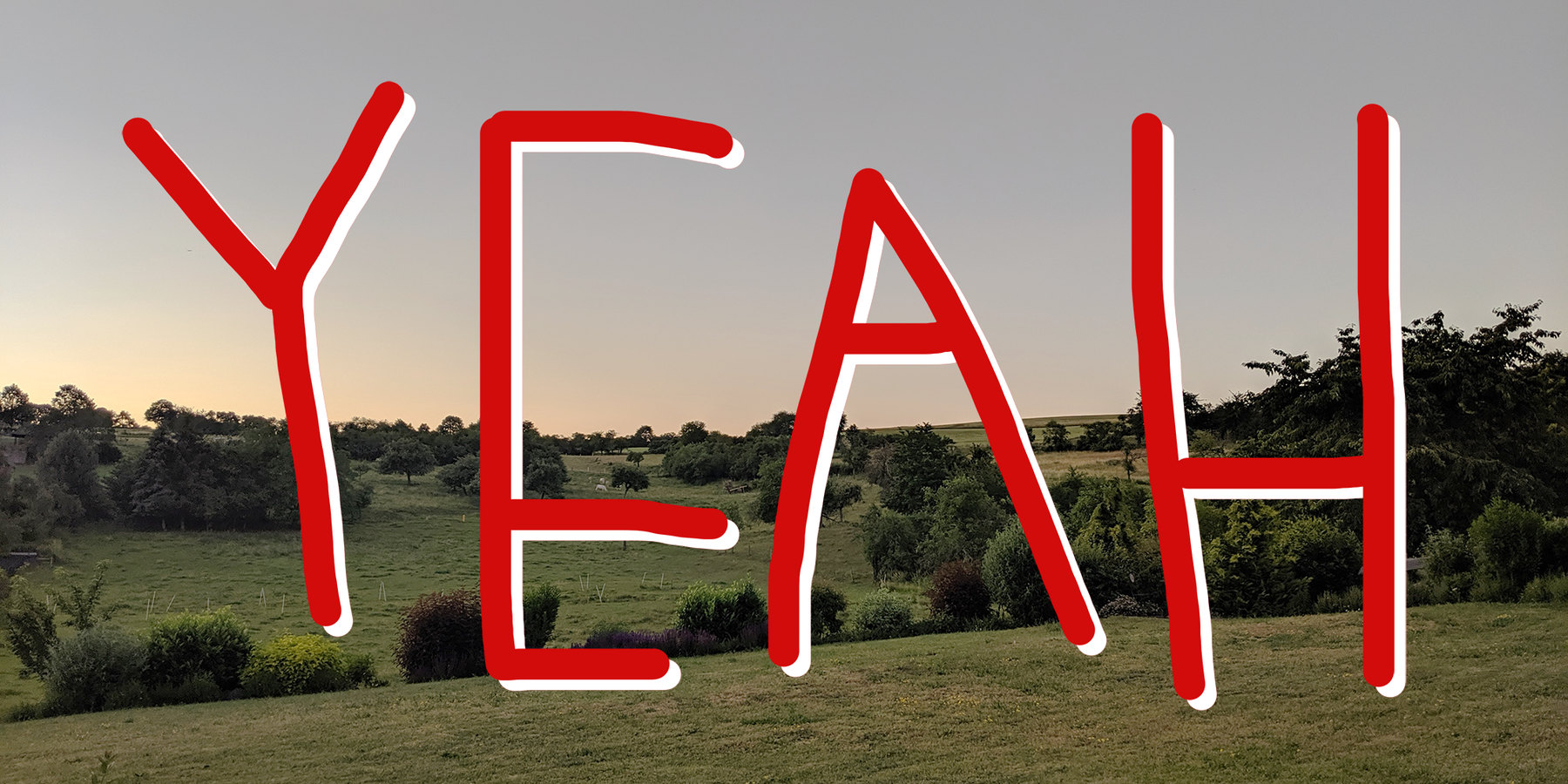

Comments